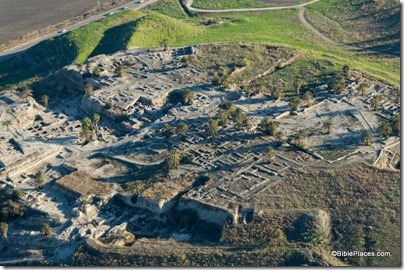I’ve seen bad exchange rates, but this must set a record. From ArtDaily:
The first silver shekel struck in Jerusalem by Jewish forces rebelling against Roman oppression in the first century CE, one of only two specimens known, will be auctioned as part of The Shoshana Collection of Ancient Coins of Judea, March 8-9, at the Fletcher-Sinclair Mansion (Ukrainian Institute of America) at 2 East 79th St (at 5th Ave.). The auction begins on March 8 at 6 p.m. ET. The Shoshana Collection, assembled over the course of four decades by an American collector of Judaean coins, is perhaps the greatest assembly of ancient coins related to the foundation of ancient Israel ever offered, with more than 700 coins spanning more than 11 centuries. Auction estimates on the coins range from $200 to $950,000. “This Year 1 silver shekel, struck shortly after the Jewish War began in May of 66 CE, is the prototype for all subsequent shekels,” said Cris Bierrenbach, Executive Vice President of Heritage Auctions. “Only a handful of coins were struck from this first set of dies before the design was radically changed. Only two ‘prototypes’ have survived to the present day, with the only other known specimen in the Israel Museum’s collection.” In fact, the Israel Museum has stated that it would like to acquire many of the coins from The Shoshana Collection and has a “wish list” available to potential bidders interested in purchasing coins from the auction and donating them to the museum’s collection, or in making them available on long-term loan. This can be done through the American Friends of the Israel Museum, a tax-exempt organization.
The full story is here. James Davila would like to know of any who purchase in order to donate so that the Israel Museum can display the coins to the public.
